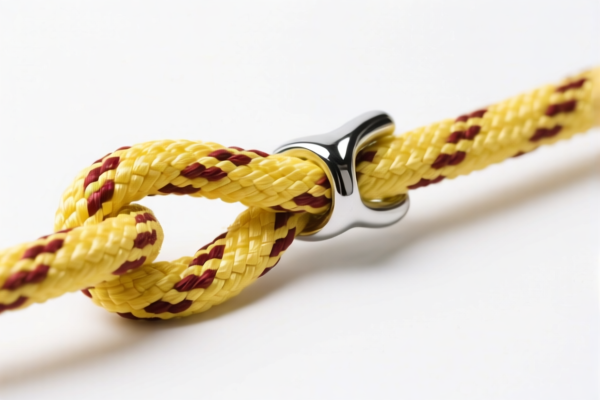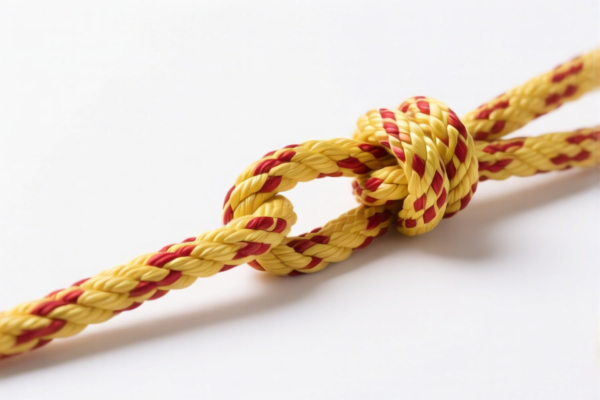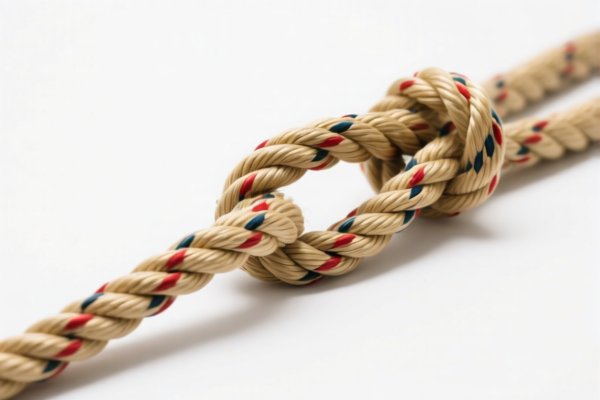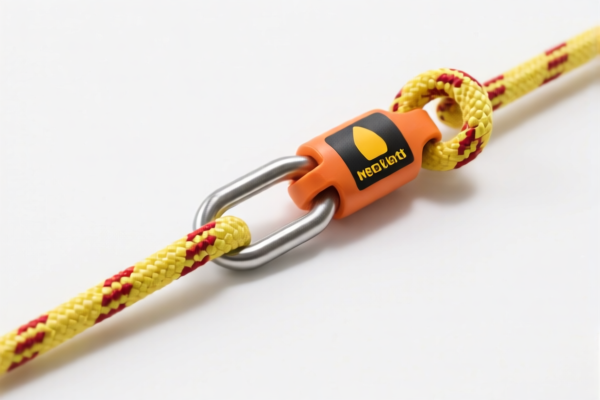| HS Code | Official Doc | Tariff Rate | Origin | Destination | Effective Date |
|---|---|---|---|---|---|
| 5607901000 | Doc | 55.0% | CN | US | 2025-05-12 |
| 5607903500 | Doc | 58.4% | CN | US | 2025-05-12 |
| 5609004000 | Doc | 58.9% | CN | US | 2025-05-12 |
| 5609003000 | Doc | 59.5% | CN | US | 2025-05-12 |
| 5404900000 | Doc | 55.0% | CN | US | 2025-05-12 |
| 5404198080 | Doc | 61.9% | CN | US | 2025-05-12 |
| 6815110000 | Doc | 55.0% | CN | US | 2025-05-12 |
| 6815120000 | Doc | 55.0% | CN | US | 2025-05-12 |
| 6808000000 | Doc | 55.0% | CN | US | 2025-05-12 |
| 7019193000 | Doc | 34.9% | CN | US | 2025-05-12 |
| 7019197000 | Doc | 55.0% | CN | US | 2025-05-12 |
| 7312105000 | Doc | 80.0% | CN | US | 2025-05-12 |
| 7312107000 | Doc | 80.0% | CN | US | 2025-05-12 |
| 7315895000 | Doc | 83.9% | CN | US | 2025-05-12 |
| 7315893000 | Doc | 80.0% | CN | US | 2025-05-12 |
| 3504001000 | Doc | 35.0% | CN | US | 2025-05-12 |
| 3504005000 | Doc | 41.5% | CN | US | 2025-05-12 |
| 6310902000 | Doc | 37.5% | CN | US | 2025-05-12 |
| 6305900000 | Doc | 43.7% | CN | US | 2025-05-12 |
| 6305390000 | Doc | 45.9% | CN | US | 2025-05-12 |
| 4201006000 | Doc | 57.8% | CN | US | 2025-05-12 |
| 4205001000 | Doc | 55.0% | CN | US | 2025-05-12 |
| 4205000500 | Doc | 57.9% | CN | US | 2025-05-12 |




Safety Rope
A safety rope is a specialized type of rope designed to arrest falls and secure individuals working at height or in potentially dangerous environments. Its primary function is to minimize the risk of injury or death from falls, and to provide a reliable means of rescue.
Materials
Safety ropes are constructed from high-strength materials exhibiting both durability and flexibility. Common materials include:
- Nylon: Offers excellent stretch, good abrasion resistance, and relatively low cost. Susceptible to degradation from UV exposure and moisture.
- Polyester: Exhibits lower stretch than nylon, higher abrasion resistance, and superior UV resistance. Less elastic recovery than nylon.
- HMPE (High-Modulus Polyethylene - e.g., Dyneema®, Spectra®): Extremely high strength-to-weight ratio, very low stretch, and excellent resistance to abrasion, UV, and chemicals. More expensive than nylon or polyester.
- Aramid (e.g., Kevlar®, Technora®): Exceptional strength and heat resistance, but susceptible to UV degradation and abrasion. Often used in cut-resistant ropes.
- Static Rope: Made from nylon or polyester, it has very little stretch and is used for rappelling, hauling, and fixed-line systems.
Purpose & Function
- Fall Arrest: The core function is to stop a fall quickly and safely, distributing the impact force across the user's body.
- Positioning: Allows workers to be secured in a specific location while maintaining hands-free mobility.
- Hauling/Lowering: Used in rescue operations to lift or lower individuals or equipment.
- Anchor Systems: Forms the foundation of a fall protection system, connecting the user to a secure point.
Usage Scenarios
- Construction: Protecting workers on scaffolding, roofs, and other elevated surfaces.
- Climbing & Mountaineering: Essential for roped ascents, descents, and crevasse rescue.
- Industrial Work: Used in industries such as wind turbine maintenance, tower climbing, and confined space entry.
- Rescue Operations: Employed by firefighters, search and rescue teams, and emergency responders.
- Caving: For vertical exploration and safe passage through cave systems.
Common Types
- Static Rope: Low stretch, used for rappelling, hauling, and fixed lines. Typically 9-13mm in diameter.
- Dynamic Rope: Designed to stretch significantly to absorb the energy of a fall. Used for lead climbing and situations where a fall is likely. Typically 9.5-11mm in diameter.
- Kernmantle Rope: The most common type, consisting of a core (kern) of load-bearing fibers protected by a braided sheath (mantle).
- Single Rope: Used alone for climbing or as part of a fall protection system.
- Double Rope: Two ropes used together for increased safety and redundancy, often used in traditional climbing.
- Twin Rope: Two ropes clipped together and used as a single strand, offering similar benefits to double ropes.
- Access Rope: Specifically designed for industrial access work, often with a durable sheath and low stretch.
Important Considerations
- Rope Diameter: Affects strength, handling, and compatibility with safety devices.
- Sheath Treatment: Water repellent treatments can improve handling and prevent freezing.
- Impact Force: The force exerted on the user's body during a fall. Lower impact force is generally safer.
- Static Elongation: The amount of stretch under a static load.
- Dynamic Elongation: The amount of stretch during a fall.
- Regular Inspection: Crucial for identifying damage and ensuring the rope's integrity.
- Proper Training: Essential for safe use and understanding of rope systems.
- Compatibility: Ensure all components (carabiners, harnesses, descenders) are compatible with the rope diameter and type.
Based on the provided reference material, the following HS codes may be relevant to “safety rope”:
- 5607.90.10.00: This HS code falls under Chapter 56, which covers twine, cordage, ropes and cables. Specifically, it covers “Other” types of twine, cordage, ropes and cables, and further specifies “Of coir”. The basic tariff is 0.0%, with an additional tariff of 25.0%, increasing to 30.0% after April 2, 2025, resulting in a total tariff of 55.0%. This would apply if the safety rope is made of coir.
- 5607.90.35.00: Also within Chapter 56, this HS code covers “Other” types of twine, cordage, ropes and cables, but specifies “Of abaca (Manila hemp or Musa textilis Nee) or other hard (leaf) fibers”. The basic tariff is 3.4%, with an additional tariff of 25.0%, increasing to 30.0% after April 2, 2025, resulting in a total tariff of 58.4%. This applies if the rope is made of abaca or other hard fibers.
- 5609.00.40.00: This HS code falls under Chapter 56, covering articles of yarn, strip or the like, twine, cordage, rope or cables, not elsewhere specified or included, specifically “Other”. The basic tariff is 3.9%, with an additional tariff of 25.0%, increasing to 30.0% after April 2, 2025, resulting in a total tariff of 58.9%. This would apply if the rope doesn't fall into other more specific categories.
- 7312.10.50.00: This HS code falls under Chapter 73, covering stranded wire, ropes, cables, plaited bands, slings and the like, of iron or steel, not electrically insulated. Specifically, it covers “Ropes, cables and cordage other than stranded wire” and further specifies “Of stainless steel” and “Fitted with fittings or made up into articles”. The basic tariff is 0.0%, with an additional tariff of 25.0%, increasing to 30.0% after April 2, 2025, resulting in a total tariff of 80.0%. This applies if the safety rope is made of stainless steel.
- 7312.10.70.00: Also within Chapter 73, this HS code covers “Ropes, cables and cordage other than stranded wire” and further specifies “Other” and “Fitted with fittings or made up into articles”. The basic tariff is 0.0%, with an additional tariff of 25.0%, increasing to 30.0% after April 2, 2025, resulting in a total tariff of 80.0%. This applies if the safety rope is made of iron or steel, but is not stainless steel.
Regarding HS codes 7312.10.50.00 and 7312.10.70.00, please note the additional tariff of 25% on steel and aluminum products, increasing to 30.0% after April 2, 2025, resulting in a total tariff of 80.0%.
Customer Reviews
No reviews yet.